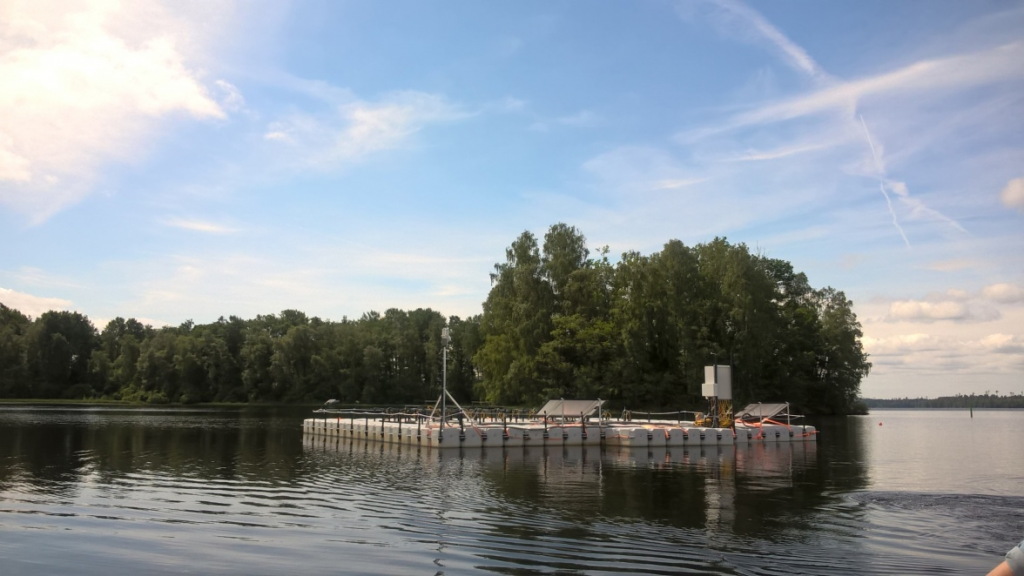
Limnology and Oceanography Methods January 2021: SITES AquaNet
First published: 11 January 2021
P. Urrutia‐Cordero, O. Langvall, P. Blomkvist, D.G. Angeler, S. Bertilsson, W. Colom Montero, P. Eklöv, N. Aagaard Jakobsen, L. Klemedtsson, H. Laudon, B. Liljebladh, M. Lundgren, L. Parkefelt, E. Kelpsiene, D. Pierson, J. Rankinen, M. Striebel, L. J. Tranvik, P. Weslien, H. Hillebrand, S. Langenheder
Corresponding Editor: Shelley E. Arnott.
Abstract
For aquatic scientists mesocosm experiments are important tools for hypothesis testing as they offer a compromise between experimental control and realism. Here we present a new mesocosm infrastructure—SITES AquaNET—located in five lakes connected to field stations in Sweden that cover a ~760 km latitudinal gradient. SITES AquaNet overcomes major hindrances in aquatic experimental research through: (i) openness to the scientific community, (ii) the potential to implement coordinated experiments across sites and time, and (iii) high‐frequency measurements (temperature, photosynthetic photon flux density, turbidity and dissolved oxygen, chlorophyll a and phycocyanin concentrations) with an autonomous sensor system. Moreover, the infrastructure provides operational guidance and sensor expertise from technical staff, and connections to a multi‐layered monitoring programme (“SITES Water”) for each lake. This enables ecological observations from whole lake ecosystems to be compared with experimental studies aiming at disentangling major drivers and mechanisms underlying observed changes. Here we describe the technical properties of the infrastructure along with possibilities for experimental manipulations to tackle pressing issues in aquatic ecology and global change science. As a proof of concept, we also present a first mesocosm experiment across all five field sites with a cross‐factorial design to evaluate responses of the sensor measurements to press/bottom‐up (constant light reduction) and pulse/top‐down (temporary fish predation) disturbances. This demonstrates the suitability of the infrastructure and autonomous sensor system to host modularized experiments and exemplifies the power and advantages of the approach to integrate a network of mecsocosm facilities with manageable costs across large geographic areas.
SITES AquaNet: An open infrastructure for mesocosm experiments
